This post may contain affiliate links. If you make a purchase through a link, I may receive a small commission, at no cost to you. These commissions help keep this website up and running, and I thank you for your support. Read my full disclosure here.
Disclaimer: This is not a sponsored post, I paid for this trip myself. All recommendations are my own.
We first visited Bath several years ago on a holiday to the UK. It didn’t quite go as planned. We had been staying in Chipping Camden in the Cotswolds and had driven to Bath for the day and had planned to drive on to Cardiff in Wales. However, when we got to Bath we realised we had left our camera behind and only ended up spending a short time in Bath as we had to drive back to Chipping Camden.
This time, we were visiting the beautiful county of Wiltshire and visited the Neolithic sites of Stonehenge, Old Sarum, Avebury, and the historic villages of Lacock and Castle Combe. Bath is actually in the neighbouring county of Somerset, but was only a short drive away from where we were staying in Lacock, so we decided to spend a day in Bath exploring before heading home. The entire city of Bath is a UNESCO World Heritage site and can be enjoyed even if you don’t have money to spend on visiting sights (see Visiting Bath on a Budget below). Just wander around enjoying the amazing historic buildings and architecture.
Bath has lots of wonderful attractions to visit. A day wasn’t quite enough to enjoy them all, so we are keen to return and explore some more. I’ve also heard the Christmas markets are very good too, so I’m aiming to revisit for a weekend in December. Below I’ve listed the sights we visited to give you some inspiration on what to include in your visit. We also had a lovely lunch at Wild Cafe (10a Queen St, Bath BA1 1HE) which was delicious, but unfortunately, I forgot to take a photo.
What to See and Do in Bath
The Roman Baths
Stall St, Bath BA1 1LZ. Entrance fee applies.
The Roman Baths are the star of Bath and attracts bus loads of tourists on a daily basis. Built during the Roman occupation of Britain, they originally featured three baths with different temperature water, cold, lukewarm and hot. But in the 6th century, the baths fell to disrepair. The entire structure above the level of the pillar bases is a later construction, but the museum displays artefacts from the Roman period including 12,000 coins that were thrown into the Sacred Spring. Sadly, you can’t actually bathe in the springs anymore, they are now just a tourist site.

Fun Fact
130 curse tablets were found in Bath. A curse stones were written to invoke the goddess Sulis Minerva to curse someone. Most were cursing thieves that had stolen the victims clothes or personal items whilst they were bathing. Apparently this was a common problem. Examples of the curses written include:
“Solinus to the goddess Sulis Minerva. I give to your divinity and majesty [my] bathing tunic and cloak. Do not allow sleep or health to him who has done me wrong, whether man or woman or whether slave or free unless he reveals himself and brings those goods to your temple.”
“Whether pagan or Christian, whether man or woman, whether boy or girl, whether slave or free whoever has stolen from me, Annianus [son of] Matutina (?), six silver coins from my purse, you, Lady Goddess, are to exact [them] from him. If through some deceit he has given me…and do not give thus to him but reckon as (?) the blood of him who has invoked his upon me.”
Bath Street
The stunning Bath Street runs between The Roman Baths and The Cross Bath below. It is lined with grand buildings built by Thomas Baldwin in 1791.
The Cross Bath and Thermae Bath Spa
The Hetling Pump Room, Hot Bath St, Bath BA1 1SJ. Check our their website for their price list.
Near the Old Roman Bath is the Thermae Bath Spa. They have an amazing open spa on the rooftop of their building. I had been hoping to book an evening couples session, but unfortunately as we were visiting on the busy August Bank Holiday weekend, the baths were booked out. You can turn up on the day and line up to get in, but we decided to spend our day exploring Bath instead. I hope to enjoy a visit next time we are in Bath.
Across from the entrance is the Cross Bath. The Cross Spring is the sacred site of the Celts where they revered their goddess Sul. It is now owned by Thermae Bath Spa and is an intimate open-air thermal bath that you can exclusively book.
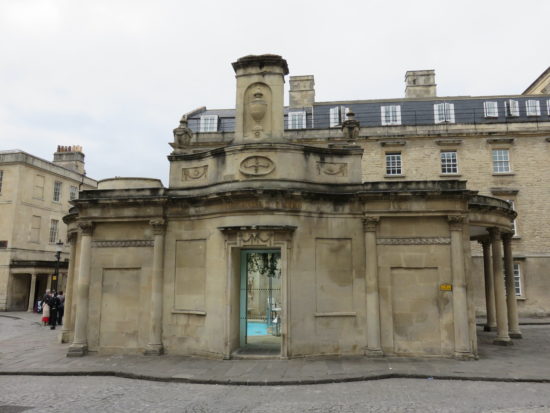
Bath Abbey
Bath BA1 1LT. Entrance is free, but you can pay to go on a tour of the tower. Donations are welcomed.
A short walk up Stall Street, we turned up the side street beside the Roman Baths and found a small square lined with restaurants and cafe’s with Bath Abbey overlooking it. Three different churches have occupied the site of today’s Abbey since 757 AD. First, an Anglo-Saxon monastery which was pulled down by the Norman conquerors of England; then a massive Norman cathedral which was begun about 1090 but was in ruins by the late 15th century; and finally, the present Abbey Church.
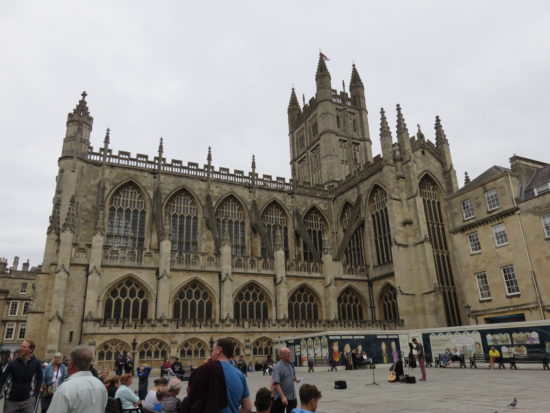
Fashion Museum and Assembly Rooms
Assembly Rooms, Bennett St, Bath BA1 2QH. Fashion Museum – entry fee applies; Assembly Rooms – Free entry, however rooms may not be available to view if the rooms are engaged.
We visited the Fashion Museum on our first visit to Bath. I must admit my husband wasn’t so sure about visiting, but we were both glad we did. On display are outfits throughout the ages. It is a huge collection and includes some famous outfits worn by singers and actors. It At the end of your visit there is a dress up area, giving visitors the opportunity to try on Victorian and Georgian outfits. It was quite fun!
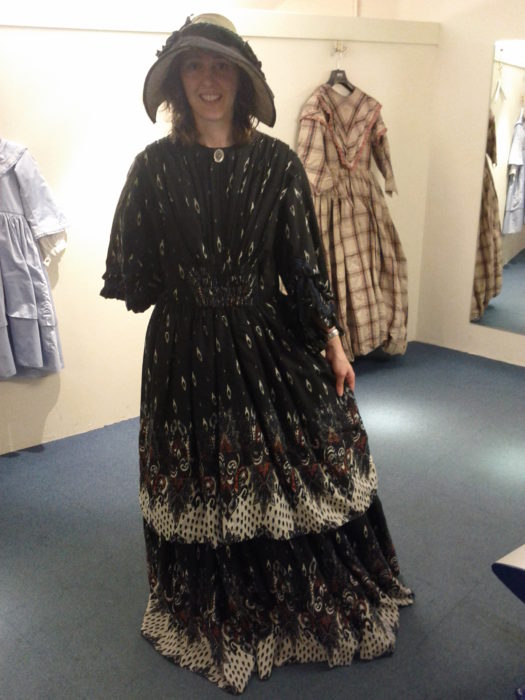
In the same building as the museum are the Assembly rooms which are free to visit. Designed by architect John Wood, who also designed the Royal Crescent (see below), and built in 1771, the rooms were purpose-built for an 18th century form of entertainment called an ‘assembly’. A large number of guests would meet together to dance, drink tea, play cards and listen to music – or just walk about. The rooms are now available to be hired out, so may not be available at the time of your visit.

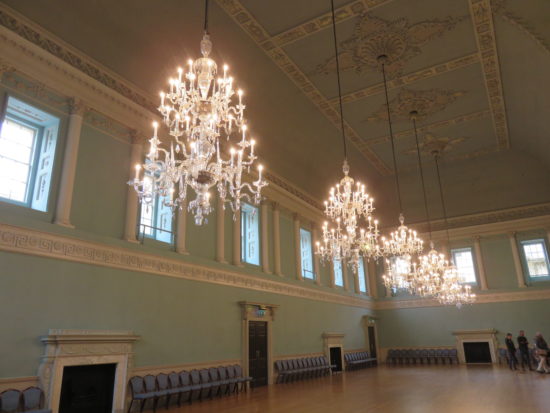
The Jane Austin Centre
40 Gay St, Bath BA1 2NT. Entry fee applies.
We didn’t get time to visit The Jane Austin Centre, but for fans this is a must-see. This permanent exhibition is located in an original period property and explores Jane’s time in Bath between 1801 and 1806, and the influence that this beautiful city had on her books, characters, and personal life.
The Circus
Bath BA1 2ET
Originally called King’s Circus, these historic Georgian style townhouses form a circle with three entrances. It was designed by the architect John Wood the Elder, the father of John Wood the Younger who designed the Royal Crescent and The Assembly Rooms. John Wood the Elder was convinced that Bath had been the principal centre of Druid activity in Britain. After surveying Stonehenge, which has a diameter of 325 feet (99 m), Wood was inspired to design the Circus with a 318 feet (97 m) diameter. Sadly, he died only a few months after they started building, so his son completed it.

Royal Crescent
Royal Cres, Bath BA1 2LR. It is free to see the terraced houses, but an entry fee applies to visit the museum at No. 1 Royal Crescent.
The Royal Crescent is a row of 30 terraced houses that are laid out in a crescent shape. They are one of Bath’s most famous landmarks. They were designed by the architect John Wood the Younger, who also designed the Assembly rooms above. They were built between 1767 and 1774, and are in the Georgian style, built with the distinctive creamy coloured Bath limestone. They are beautiful, but I can imagine it must be very expensive to own one and you would have to get used to tourists goggling at your house every day.
No. 1 Royal Crescent has been turned into a museum which gives you the opportunity to see how people lived in the 18th century. The crescent has also been used for a number of films and TV shows including in 2007 TV edition of Jane Austen’s Persuasion, and the 2008 film The Duchess starring Keira Knightley.
You can actually stay here at the Crescent in the luxurious The Royal Crescent Hotel & Spa.
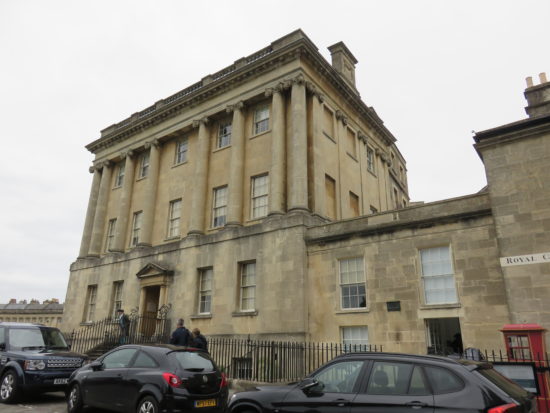
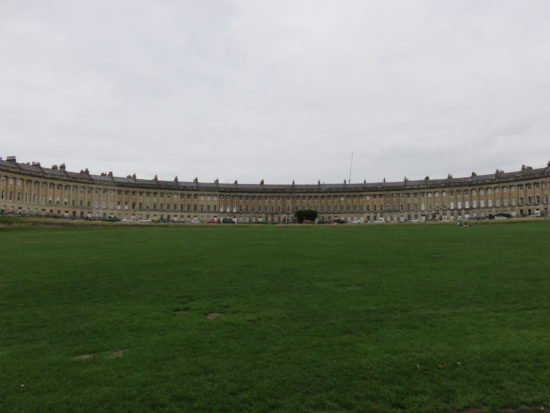
Royal Victoria Park
Royal Victoria Park, Bath BA1 2YA
In front of the Royal Crescent is a park that provides the perfect viewing spot for the crescent. We walked along Royal Avenue to visit the large 23 hectare (57 acre) Royal Victoria Park. It was opened by Queen Victoria when she was only 11 years old. If it’s a bit far for you to walk to, then there is car parking available in the park.
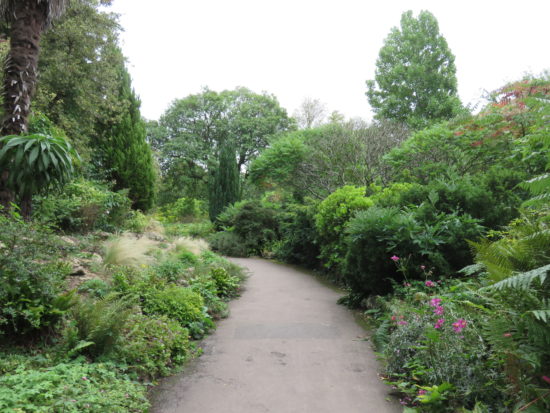
Guildhall, Bath Guildhall Market and Victoria Art Gallery
Bridge St, Bath BA2 4AT. Entrance fee applies to the Victoria Art Gallery.
After enjoying the peace of the gardens, we headed back into the city to enjoy more of its architecture. Beside the historic Pulteney Bridge is the impressive historic Guildhall which is available for hire. This is also where the Bath Guildhall Markets are and the Victoria Art Gallery. Unfortunately we didn’t have time to visit the gallery, but I loved the large statue of Queen Victoria above the entrance.
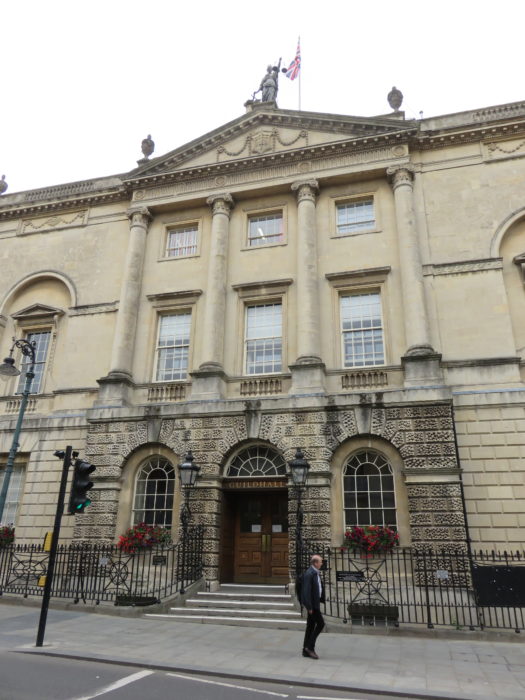

Pulteney Bridge, Great Pulteney Street and The Holburne Museum
The Holburne Museum – Great Pulteney St, Bath BA2 4DB. Entry fee applies to the museum, but there is free admission from 3 to 5pm every Wednesday afternoon and from 5 to 9pm the last Friday in the month.
After admiring the Guildhall, we crossed the historic Pulteney Bridge over the Avon River which runs through Bath. Pulteney Bridge was built in the 18th century in the Palladian style and has shops on both sides. We stopped in at the Bridge Coffee Shop for a delicious cake and drink and enjoyed lovely views of the river. After we had regained our strength with a sugar rush, we continued our walk up Great Pulteney Street which is lined with rather grand buildings. At the end of the street is The Holburne Museum which has an extensive collection of fine and decorative art. Unfortunately, we didn’t have enough time to visit.
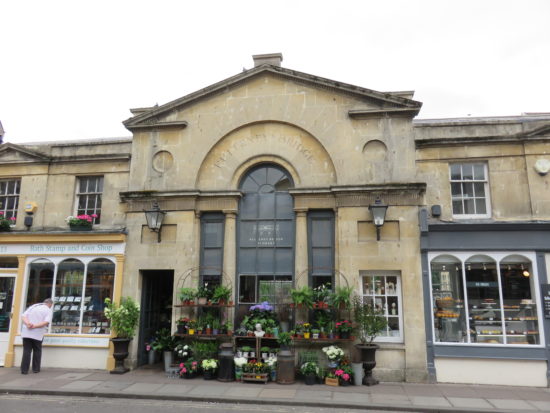
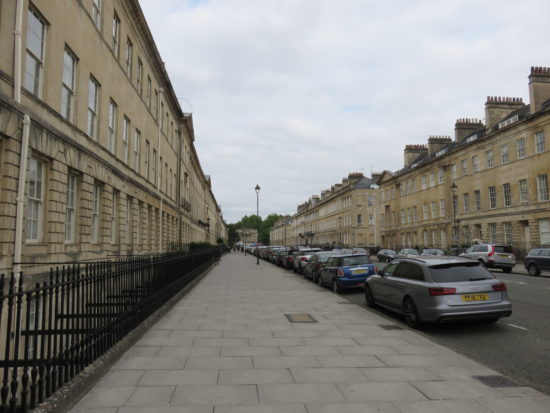

Pulteney Weir and The River Avon
On the Great Pulteney Street side, just before you cross the Pulteney Bridge, is some steps to get down to a path that runs along the River Avon. This is where The Pulteney River Cruises depart from that take you on a cruise up and down the River Avon. It’s also where you can enjoy lovely views of the picturesque Pulteney Bridge and Pulteney Weir. The Weir is in a horseshoe shape and was built in the 1600’s to prevent Bath from becoming flooded.
Other Avon River cruises include:
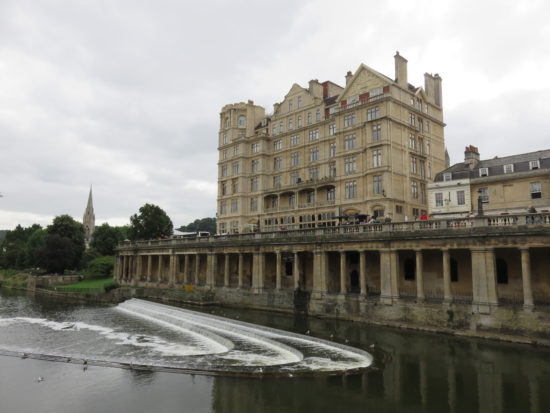
Parade Gardens
Bath BA2 4AL. Small entry fee applies.
We walked down the path running along the River Avon and crossed the bridge that brought us past Parade Gardens with its vibrant garden beds. It can be hired out for weddings and events. If you don’t want to pay the entrance fee, you can enjoy it from the elevated path that runs around it.
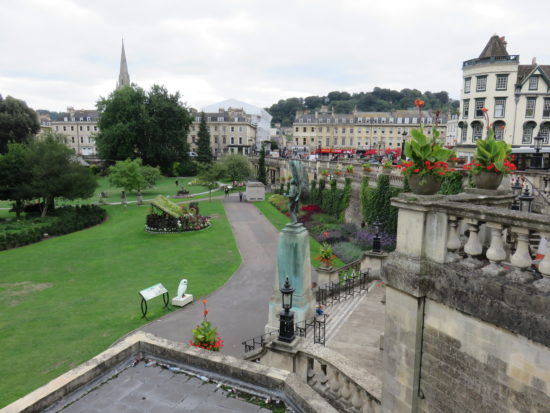
Visiting Bath on a Budget
- Enjoy discounted entry to The Roman Baths, Fashion Museum, and Victoria Art Gallery by purchasing the Saver Ticket.
- Visit The Holburne Museum for free from 3 to 5pm every Wednesday afternoon and from 5 to 9pm the last Friday in the month.
- You can still enjoy the Parade Gardens without paying to enter by viewing it from the elevated road that runs around its perimeter.
- Bath Abbey is free to enter. However, you do have to pay to go on a tour of the tower.
- You can enjoy the beautiful historic city of Bath for free by simply enjoying the many beautiful buildings such as the Crescent, Royal Crescent, Assembly Rooms, Pulteney Bridge and Great Pulteney Street.
- If you are a resident of Bath and North East Somerset, you are entitled to free entry to the Roman Baths, Fashion Museum, and Parade Gardens. The Victoria Art Gallery is free to the first floor permanent collection and temporary exhibitions in the lower gallery and you can get discounted entry to the museum No 1 Royal Crescent.
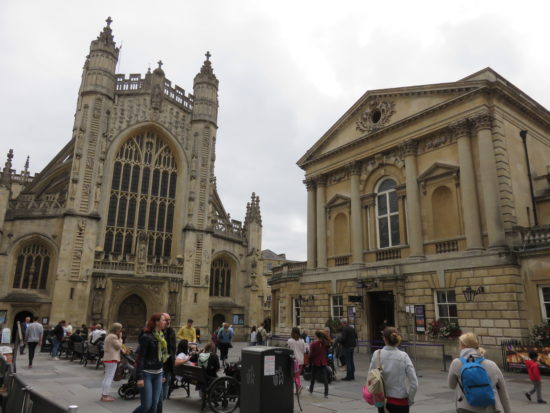
Accommodation Options in Bath
Search available accommodation in Bath
Budget
Moderate
Luxury
- The Gainsborough Bath Spa – YTL Classic Hotel
- Abbey Hotel
- The Royal Crescent Hotel & Spa – stay in the Royal Crescent!
- The Halcyon Hotel Apartments, Henry Street
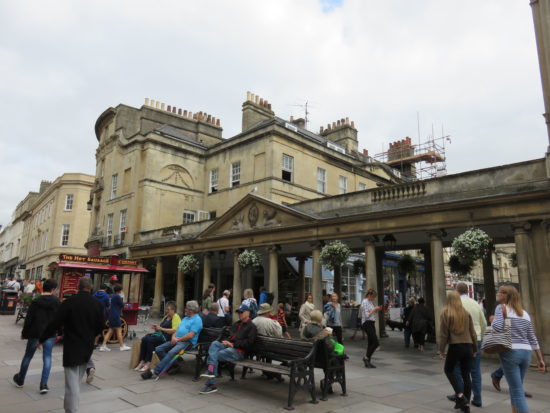
Practical Tips for Visiting Bath
- How long should I visit Bath for? You can squeeze the major sights and attractions into a day trip, but to really enjoy the city and all it has to offer, consider staying the night. We only spent a day here, but had previously visited for a half day, and combined, we still didn’t get time to visit everything. If you enjoy visiting historical sites, then aim for a full weekend if you can manage to fit it into your itinerary.
- How to Get to Bath
- By Car: We drove to Bath and parked in the Avon Street Car Park (34 Corn St, Bath BA1 1UF). You will need to pay via their car parking app. There are a number of other city car parks to choose from as well.
- Public Transport: You can get to Bath via the train or on one of the inter city bus services.
- Tours: You can visit Bath on a tour. Alongside a city tour, you can also join a tour that includes other interesting sites in the surrounding area.
- If you only have a short time in Bath, or have limited walking ability, then try Bath City Sightseeing Hop-On Hop-Off Tour Bus
- If you enjoy a walking tour, then join the Roman Baths and Bath City Walking Tour.
- Salisbury, Stonehenge and Bath Custom Day Trip from London
- Full-Day Tour of Stonehenge, Bath, Lacock, and Avebury from London
- Currency: British pound.
- Language: English
- Tipping: Not required, but people usually round up.
- Electricity: The electrical current is 230 volts AC. Wall outlets take a three pronged plug only used in the United Kingdom and Ireland. However, you are better off purchasing a worldwide adaptor that can be used in the United Kingdom as well other countries. At least then you can potentially get some further use out of it on future vacations. If you’re taking a number of electronics with you, then I would recommend purchasing a couple of these adaptors.
- Driving: In the UK they drive on the left hand side of the road with speed signs in miles per hour (mph).
- Navigating: We used Google’s free Offline Maps. Google Offline Maps allows you to access free maps for navigating that can be used offline i.e. you don’t need WIFI, data, or roaming to be able to use them. Follow my detailed guide on how to use Googles Offline Maps.
- Using your phone as a GPS will drain your battery quickly, so use a portable battery charger which you can use to charge your phone and any other USB chargeable devices.
- If you prefer a paper map, then purchase a road map before you go. At least it’s reliable and won’t run out of battery or malfunction like the electronic options!



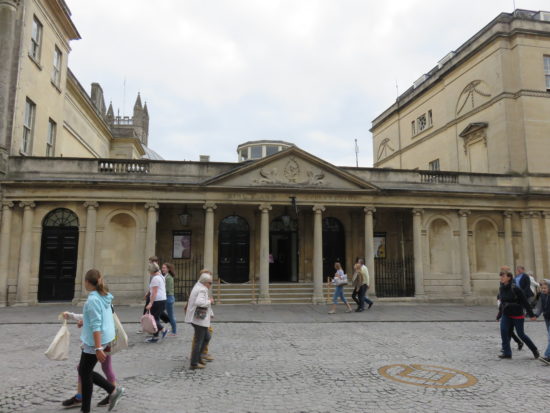
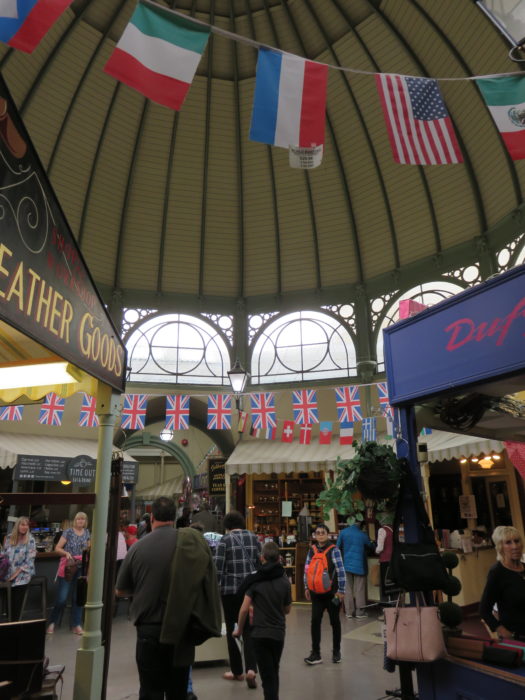

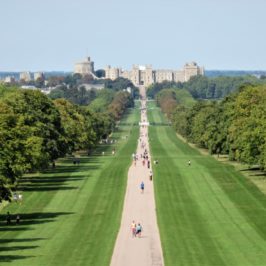




Leave a Reply